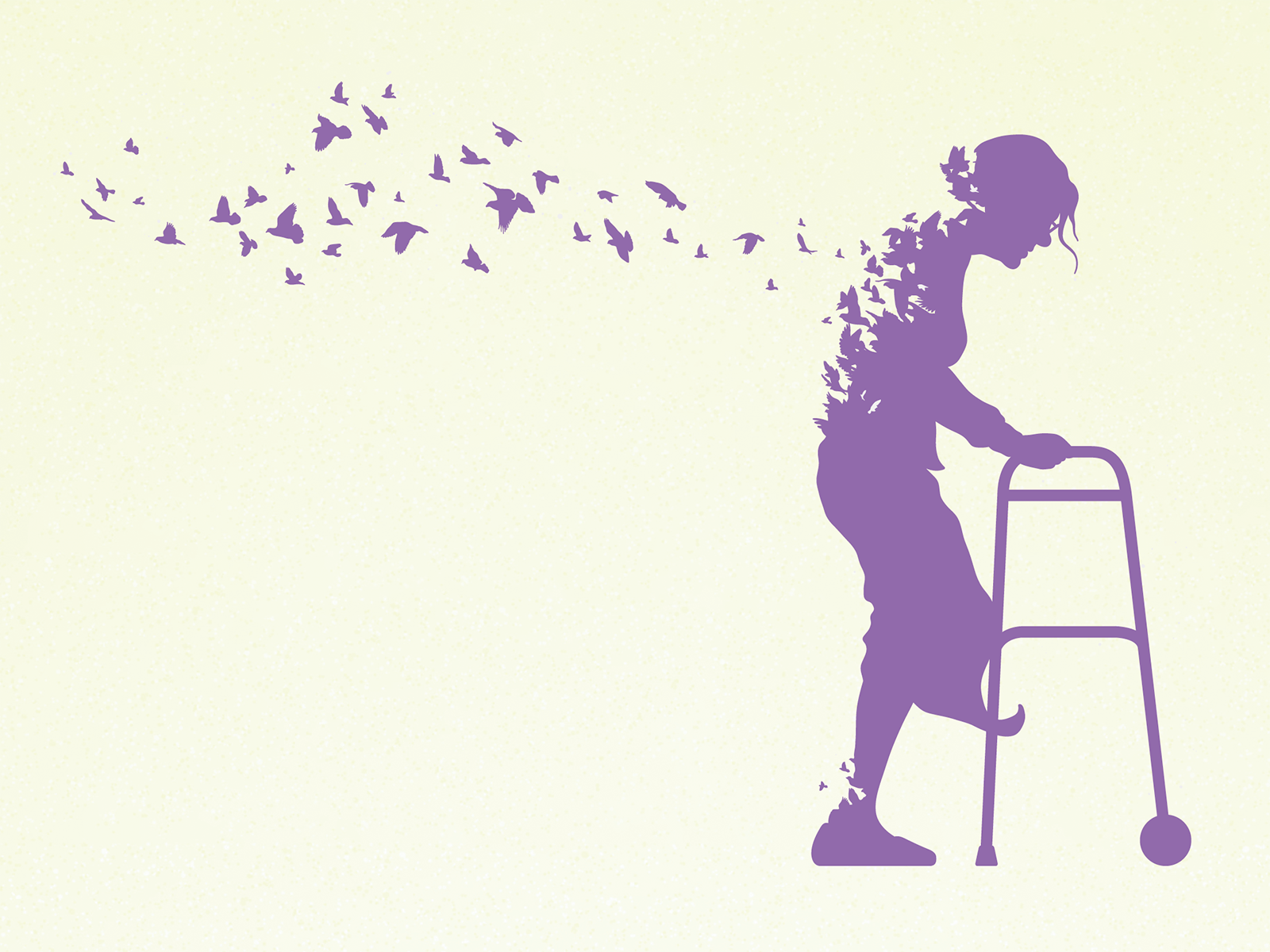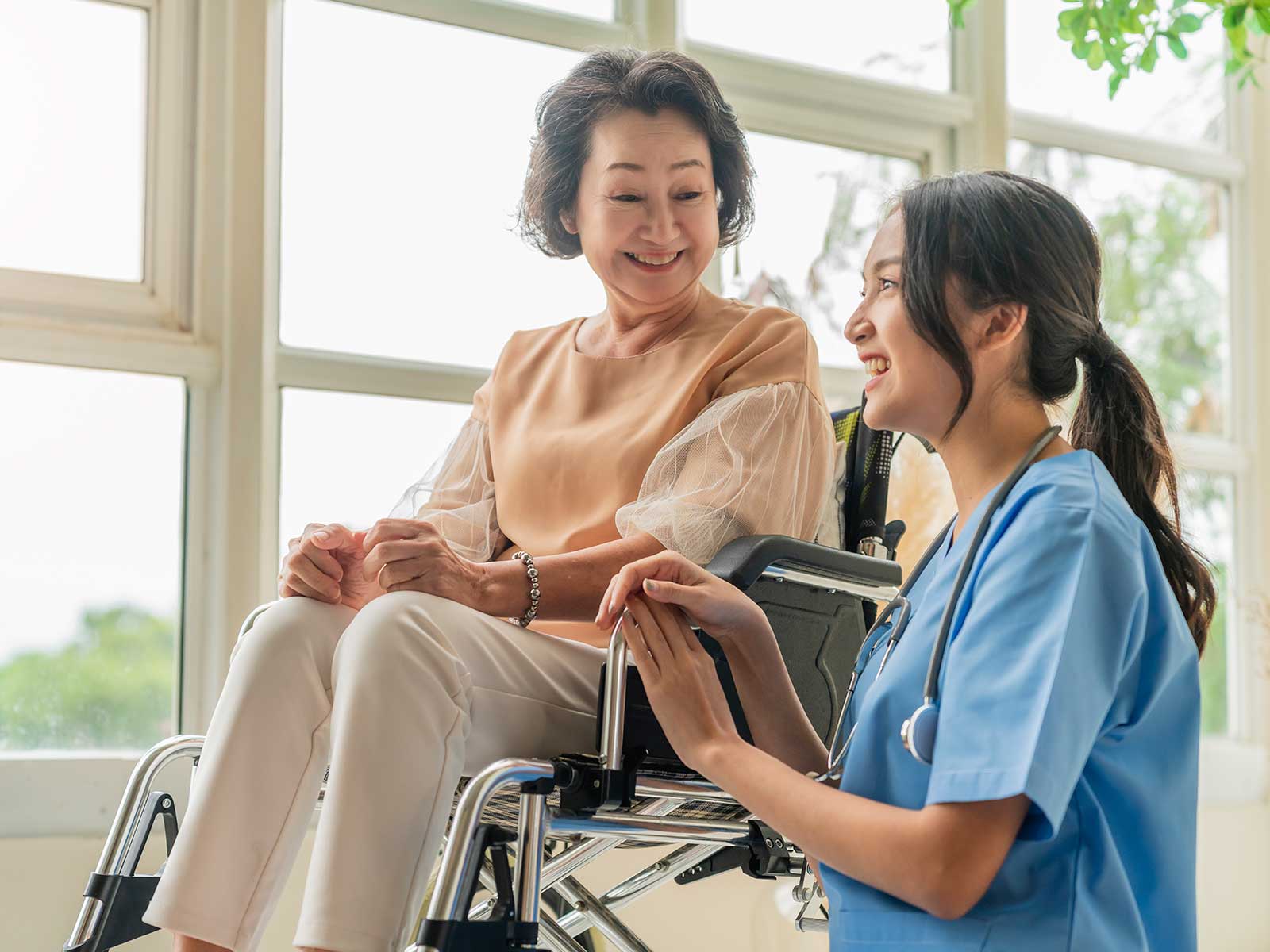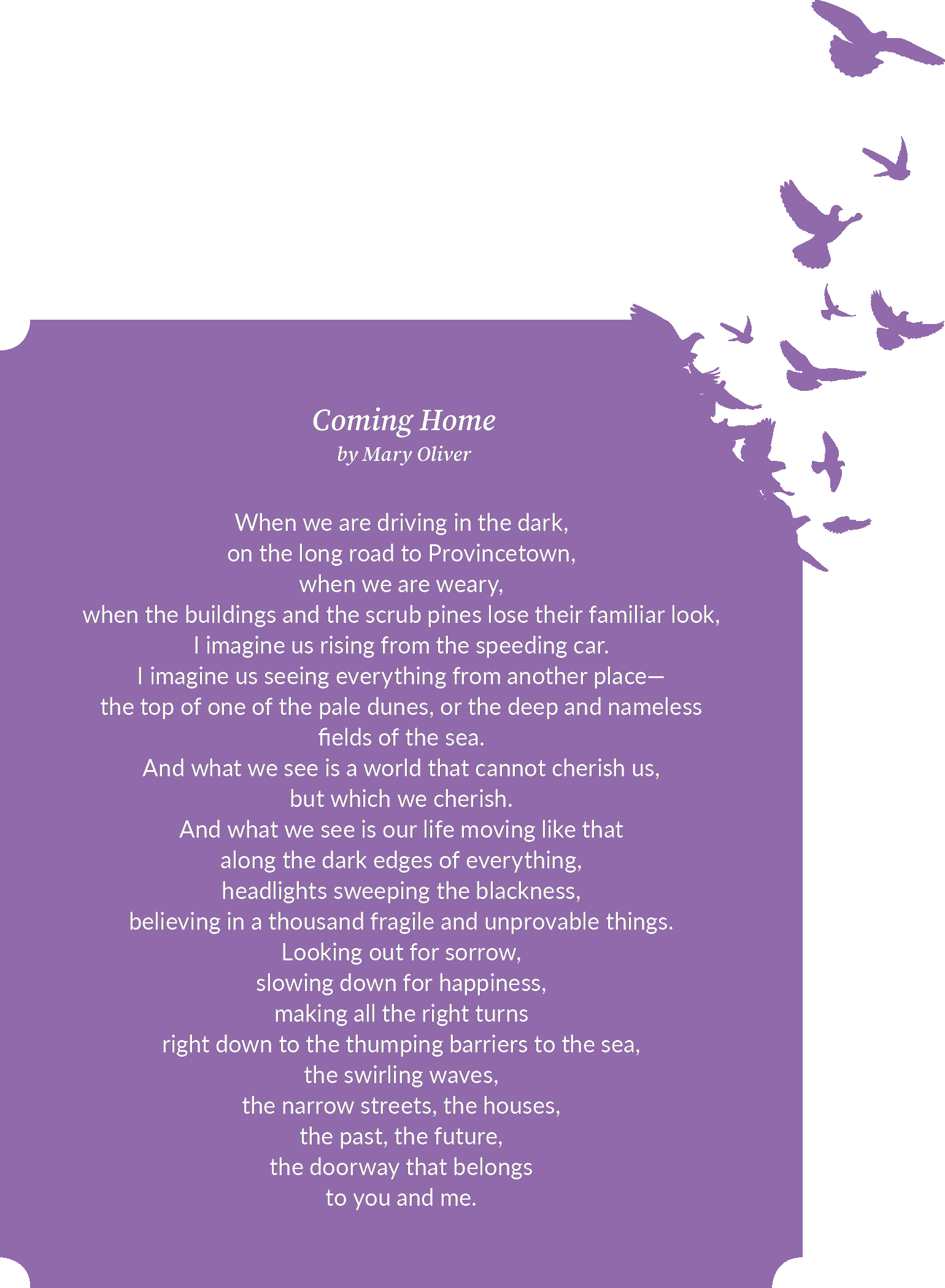15% to 20%
of people with advanced illness would prefer to die in hospital

Issue 44
Nov 2022
THE LAST MILE
Dr Noreen Chan, Head and Senior Consultant, Division of Palliative Medicine, National University Cancer Institute, Singapore

In June 2022, Health Minister Ong Ye Kung announced plans to boost support for Palliative Care, and to reduce the percentage of Singaporeans dying in hospital from the current 61% to 51% by 20271. Based on current figures, this would mean more than 2,000 people dying at home instead of hospitals every year.
Minister Ong cited a Lien Foundation Survey on Singaporeans’ attitudes towards death and dying2 which did indeed find that 76% of respondents said they would wish to die at home.
However, the people surveyed were the general public, many of whom would have been healthy and independent. Studies have shown that as people get older and sicker, they start to change their minds about where they wish to be cared for and spend their remaining days. In my own hospital, when we looked at the people who had done a type of Advance Care Plan for those with advanced illness (whom we expect might die within a year), only about half wanted to die at home (or in their nursing homes). In fact, 15 to 20% actually would prefer to die in hospital.
Clearly, people who have had some experience of chronic and serious illness make different choices than those who are healthy and well. There are many reasons why the percentage of home deaths in this country has been fairly constant around 22 to 25% for many years, but chief amongst them is that it is difficult to care for a seriously ill and dying person at home. The challenges are practical and emotional, and may not be easy to overcome.
Social, cultural and spiritual influences
Beliefs about dying at home vary not only between countries and societies, but also within a country. To give an example about how social mores play a part—in urbanised Hong Kong where people commonly live in small apartments, dying at home can be logistically very challenging. In Vietnam by contrast, dying at home is generally desired, so much so that many palliative care units see very few patients dying in their wards, because families would prefer to rush them home, even if this meant hours of travelling. Or in rural Australia, where some indigenous communities would want their dying family member to “finish up in country”.
What about Singapore?
Dr Tan Woan Shin and colleagues published an analysis of deaths between 2012 to 2015, to try and identify factors associated with home death. The article is accessible via the PLoS ONE website3 but in summary, a higher likelihood of dying at home was associated with older people. They were generally female, Malay and had a documented preference to die at home.
Realistically though, demographic changes make home deaths very challenging. In Singapore’s ageing society, where more and more people are living in one or two-person households—frequently one elderly and one domestic helper—it can be difficult to manage a home death unless other family members are able to step in.
In addition, the way we die in the 21st century is different from our grandparents’ day. These days, many of us will die of an acute exacerbation of a chronic progressive illness. This means that we could turn ill quite suddenly, and it may not be easy to tell the difference—at least in the initial hours and days of the acute episode—between being sick, very sick, and dying. It is a little easier to tell in a disease like cancer, where the deterioration is gradual and observable. This is not the case for many chronic illnesses: a patient might have had a few episodes in the hospital, and even if the doctor predicts that the next exacerbation might be the final, fatal one, one never knows. So the default response is to go back to hospital for another round of treatment and when it becomes clear that death is imminent, it might be too late to get the patient home.

Is dying at home even the “best” or “right” thing?
Dr Richard Leiter, writing in the New York Times4 posed this provocative question “Is Dying at Home Overrated?”
“I am concerned about the unacknowledged caregiving burden for families and friends. In addition, many people with advanced disease experience escalating symptoms, like pain or shortness of breath, that even the best hospices have difficulty managing in the home. In these situations, I am caught between the passionate rhetoric of my field, the spoken and unspoken wishes of my patients, and my clinical judgment. The patient in front of me always takes precedence, but my cognitive dissonance is difficult to escape.”
“So dying at home is not for everyone; for some it does not matter at all, for others it is absolutely essential. And for some people, it will just simply be a preference that will be out of their reach. If you or your loved one do envisage dying at home, it is important that plans are made in advance so that when the time comes, and it could come suddenly, you and your family would have made the necessary preparations.”
His observations and reflections resonate with many palliative care professionals. In fact, I would say that for some patients, going home to die is a very unwise choice; if the person has no competent caregiver, suffers from severe symptoms, or has a catastrophic bleed… not only might they suffer terribly during those last days, their caregivers might be traumatised for a long time. But the orthodoxy of the “Good Death” can be difficult to shake off.
The “Terminal Discharge”
Hospitalised patients in their final days and their families who express a strong wish for a home death may arrange for a Terminal Discharge. This term refers specifically to patients who are expected to die within hours to a few days. It entails a speedy transfer of the patient from hospital to home and it is a resource-intensive exercise because time is of the essence to get everything in place, including community supports like hospice home care, where available. It can be potentially quite expensive for families if equipment or specialised care is required at short notice, ranging from a few hundred to more than a thousand dollars.
We need to talk about it
So dying at home is not for everyone; for some it does not matter at all, for others it is absolutely essential. And for some people, it will just simply be a preference that will be out of their reach. If you or your loved one do envisage dying at home, it is important that plans are made in advance so that when the time comes, and it could come suddenly, you and your family would have made the necessary preparations. Prepared not only practically, but also psychologically, emotionally, and spiritually, to step up and “finish up” in the place of your choosing.

MOH to boost palliative care at home, better support caregivers, 2 June 2022. https:
//www. straitstimes.com/ singapore/ health/ boost-for- palliative-care- fewer-people- to-die-in- hospitals-by-2027 -ong-ye-kung. Lien Foundation Survey on Death Attitudes (General Population). http:
//lienfoundation.org/ sites/ default/ files/ Gen%20Pop%20Findings %20Report%20-%20 Full%20REPORT%20%28 Website%29_0.pdf. Individual, clinical and system factors associated with the place of death: A linked national database study, 18 April 2019. https:
//journals.plos.org/ plosone/ article?id=10.1371/ journal.pone.0215566. Is dying at home overrated? https
://www.nytimes.com/ 2019/09/03/well/ live/is-dying-at-home -overrated.html.
More from this issue



